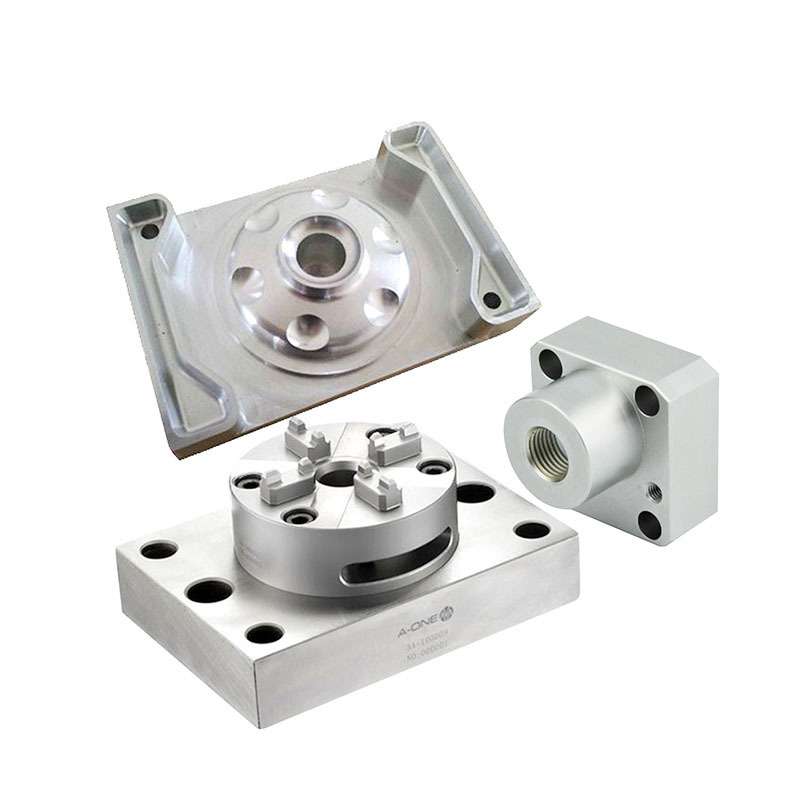1.damage
During die-casting production, the mold is repeatedly subjected to the action of cold and heat stimulation, causing deformation on the formed surface and its interior, which leads to repeated cyclic thermal stress. This leads to damage to the organizational structure and loss of toughness, leading to the occurrence and continued propagation of microcracks.
Once the crack expands, molten metal is squeezed in, and repeated mechanical stress accelerates the crack propagation. Therefore, on the one hand, the mold must be fully preheated at the beginning of die casting. In addition, during the die-casting production process, the mold must be maintained within a certain operating temperature range to avoid early cracking and failure.
At the same time, it is necessary to ensure that there are no internal issues before and during the production of the mold. In actual production, most mold failures are caused by thermal fatigue cracking.
2.Die casting fragmentation
Under the action of injection force, cracks will initiate in the weakest part of the mold, especially when the marking marks or machining marks on the mold forming surface are not polished, or small cracks will first appear at the formed corners.
When there are brittle phases or coarse grains at the grain boundaries, it is easy to fracture. When brittle fracture occurs, the crack propagation is rapid, which is a very dangerous factor for the fragmentation failure of the mold. For this reason, on the one hand, any scratches, machining marks, etc. on the mold surface must be polished, even if it is in the pouring system area, it must also be polished. In addition, it is required that the die materials used should have high strength, good plasticity, good impact toughness and fracture toughness.
3.Die-casting corrosion
As mentioned earlier, commonly used die-casting alloys include zinc alloy, aluminum alloy, magnesium alloy, and copper alloy, as well as pure aluminum die-casting. Zn, Al, and Mg are relatively active metal elements that have good affinity with mold materials, especially Al which is easy to bite.
When the hardness of the mold is high, the corrosion resistance is good, while if there are soft spots on the formed surface, the corrosion resistance is unfavorable.  There are many factors that can cause mold failure, including external factors (such as high or low casting temperature, whether the mold is preheated, the amount of water spray coating, whether the tonnage of the die-casting machine matches, high die-casting pressure, too fast inner gate speed, cooling water not being opened synchronously with die-casting production, the type and composition of the casting material Fe, the size and shape of the casting, wall thickness, coating type, etc.).
There are many factors that can cause mold failure, including external factors (such as high or low casting temperature, whether the mold is preheated, the amount of water spray coating, whether the tonnage of the die-casting machine matches, high die-casting pressure, too fast inner gate speed, cooling water not being opened synchronously with die-casting production, the type and composition of the casting material Fe, the size and shape of the casting, wall thickness, coating type, etc.).
There are also internal factors (such as the metallurgical quality of the mold material, the forging process of the billet, the rationality of the mold structure design, the rationality of the pouring system design, the internal stress generated during the mold machine (electrical processing) processing, the heat treatment process of the mold, including various matching accuracy and smoothness requirements, etc.). If the mold experiences early failure, it is necessary to identify the internal or external causes for future improvement. However, in actual production, corrosion is only a localized part of the mold. For example, areas directly washed by the gate (core, cavity) are prone to corrosion, and areas with soft hardness are prone to aluminum alloy sticking to the mold.
Previous: The Features Of Die Casting
Next: Injection Of Die Casting
 Send A Message
Send A MessageIf you are interested in our products and want to know more details,please leave a message here,we will reply you as soon as we can.